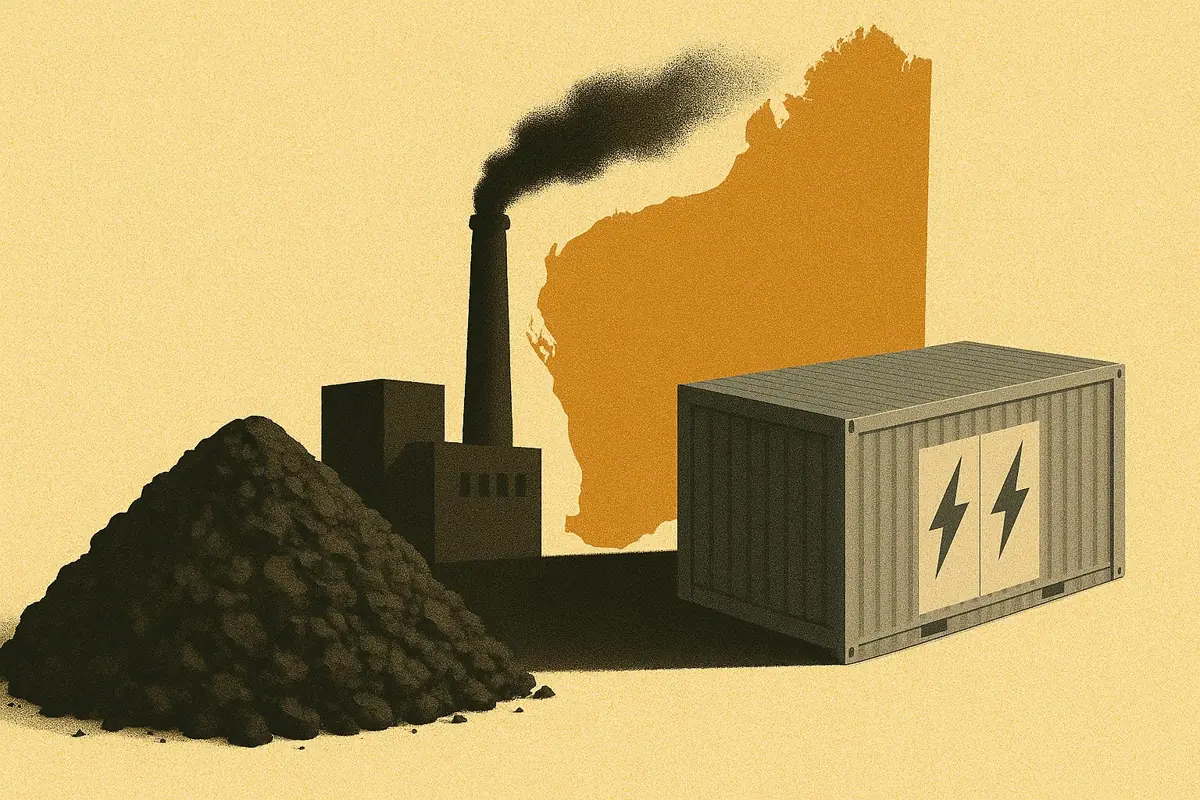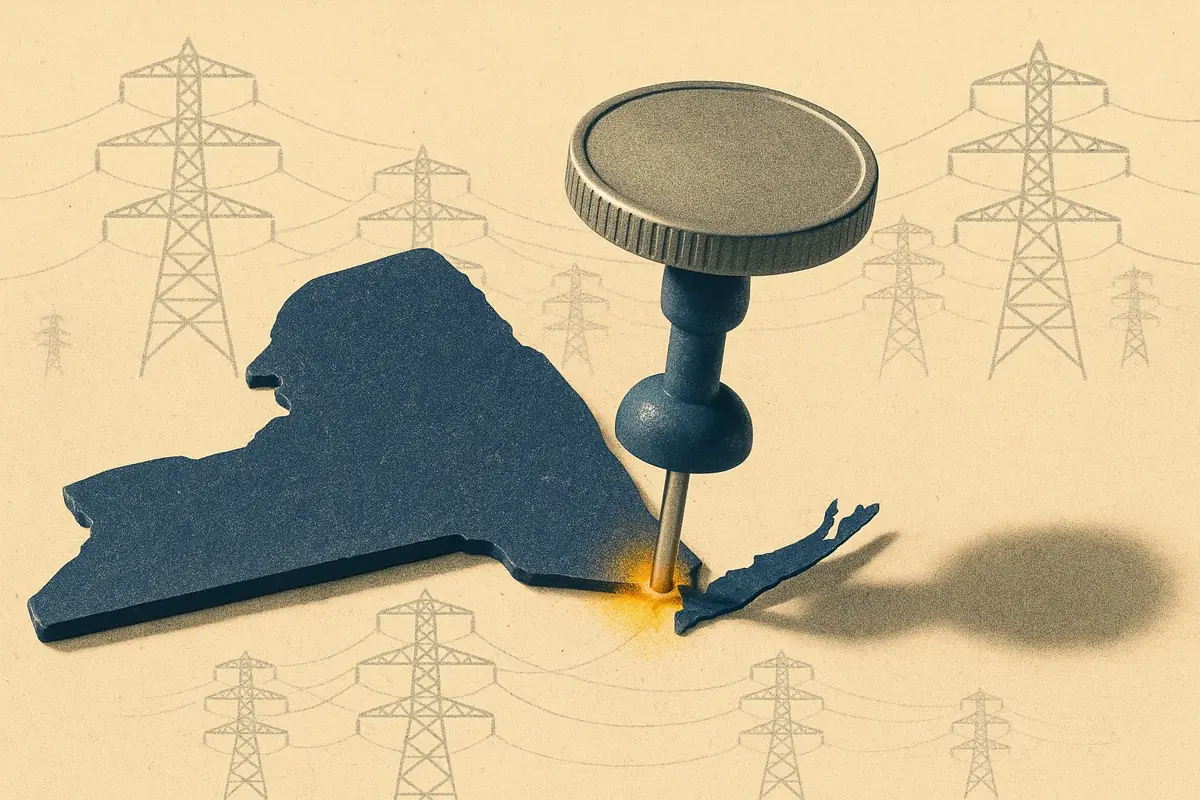Subscribers to Modo Energy’s Research will also find out:
10 January 2025
ERCOT: October BESS revenues increased 88% over September
Written by:
ERCOT: October BESS revenues increased 88% over September
Get full access to Modo Energy Research
Already a subscriber?
Log in
Related articles
Copyright© 2025 Modo Energy. All rights reserved







